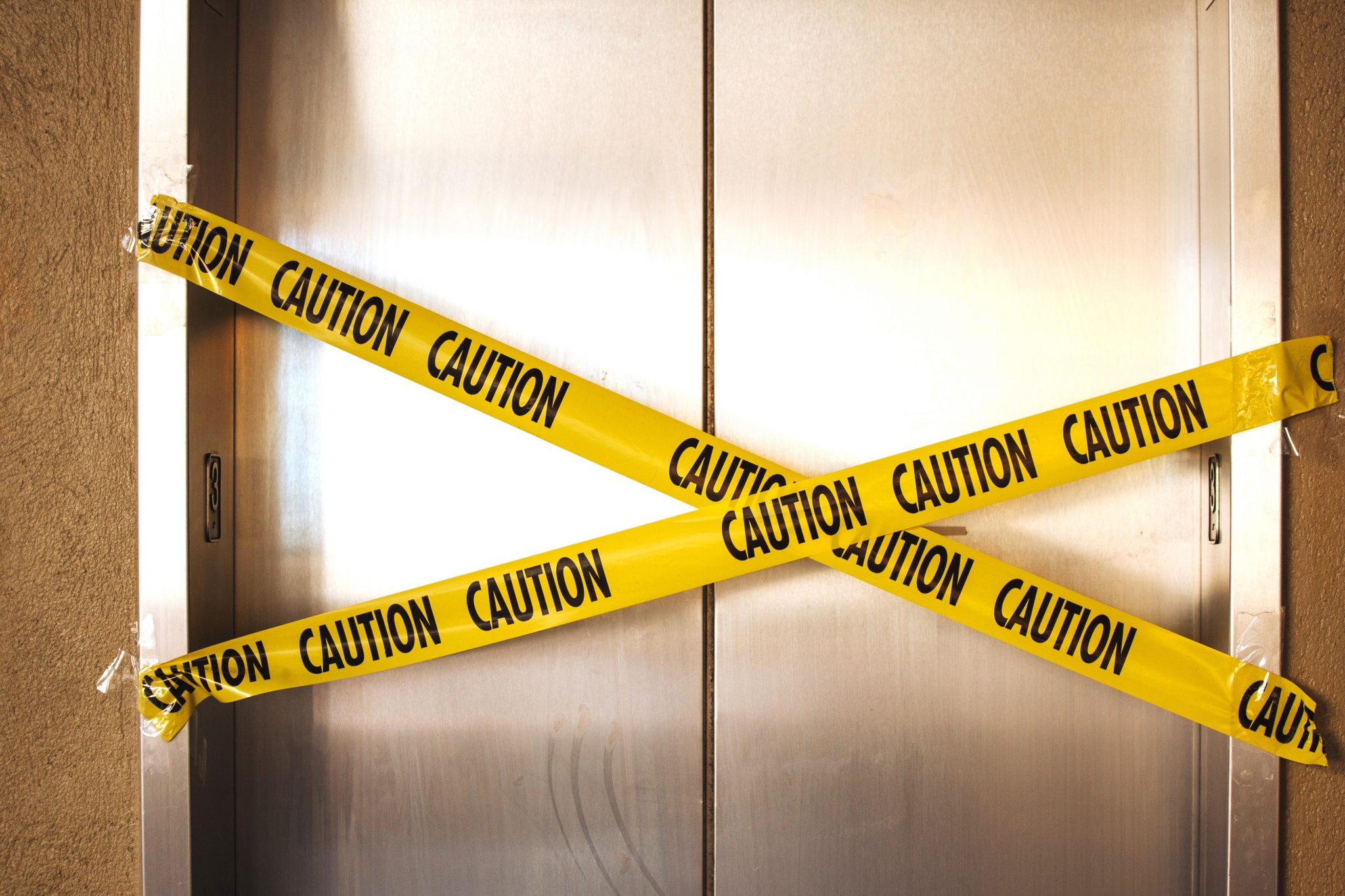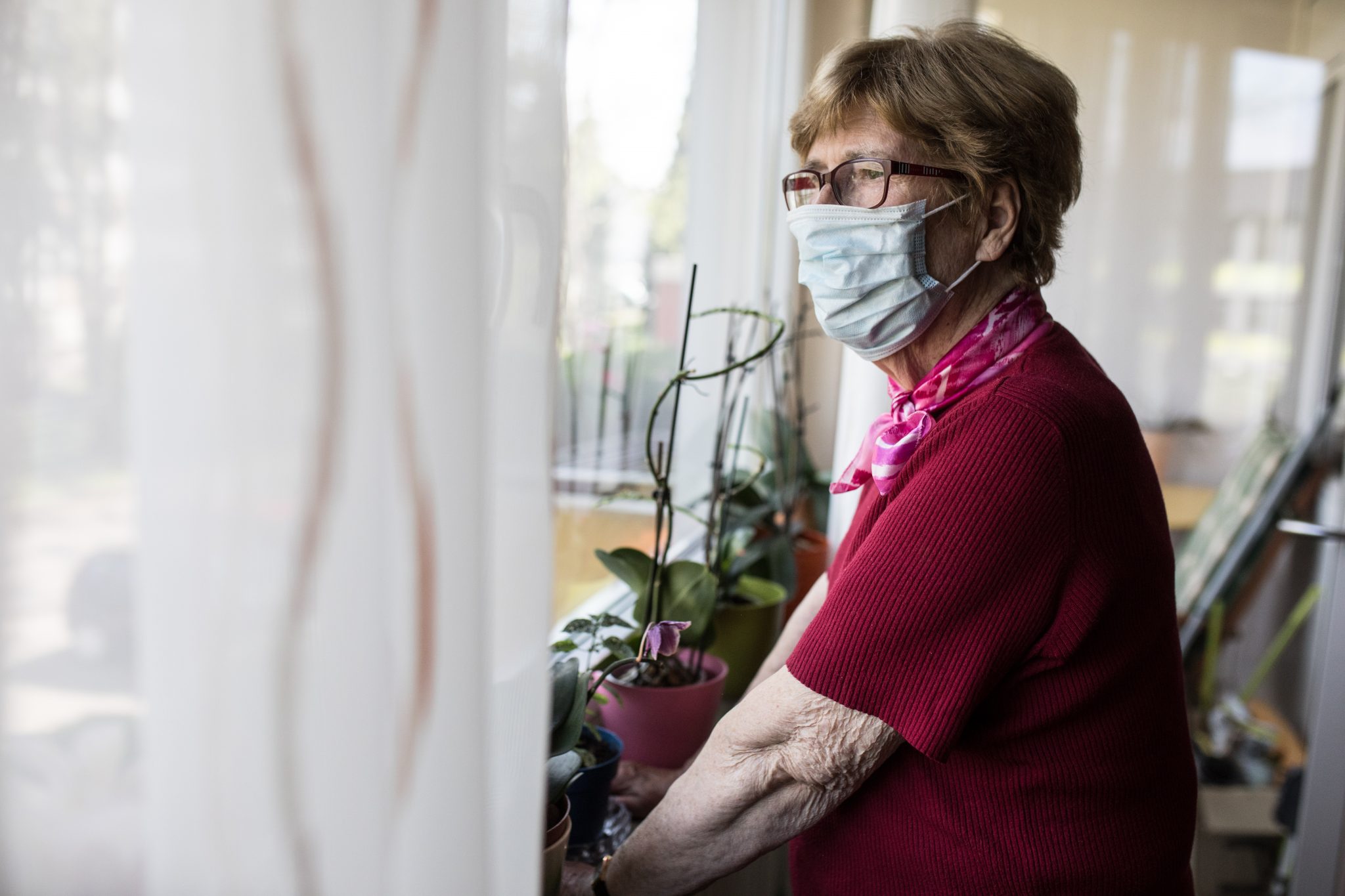- WE’RE HERE TO HELP 24/7
- 800.586.5555
Is a Property Owner Liable for Injuries Caused by Defects They Didn’t Know About?

How Might Assumption of Risk or Comparative Negligence Apply to My Case?
July 17, 2020
Should Florida Nursing Homes be Immune to COVID-19 Liability Claims?
July 17, 2020Is a Property Owner Liable for Injuries Caused by Defects They Didn’t Know About?

A relevant factor in many slip and fall cases and premises liability lawsuits is the concept of “constructive knowledge.” If a property owner didn’t know there was a danger on their property – and it can be proven that it wasn’t a hazard they could have known about – they may not be liable for injuries caused by that hazard.
If a shopper in a grocery store drops a jar of olives and 30 seconds later another shopper slips in the spilled brine, the court may decide it is unreasonable to hold the property owner liable. The hazard only existed for 30 seconds and there’s no reasonable way the store could have known about the danger and cleaned it up in time to prevent the injury.
That is a stark black and white example; reality is often greyer.
Florida Statute 768.0755, “Premises liability for transitory foreign substances in a business establishment,” puts the burden of proof on the plaintiff in these cases.
The statute protecting against transitory foreign substance liability, such as a spill in a supermarket, doesn’t specify an exact time limit for discovery. However, it does say a potential slipping hazard must have “Existed for such a length of time that, in the exercise of ordinary care, the business establishment should have known of the condition,” or “The condition occurred with regularity and was therefore foreseeable.”
Injured people and their attorneys can establish constructive knowledge by proving both/either:
- The danger on the premises existed on the property long enough that a reasonable owner should have known about the hazard
- The hazard occurs with enough frequency that the property owner should have known the risk was present
Examples of Florida Constructive Knowledge Cases
Barbara Wood and Anthony Woods v. Winn Dixie Stores
Anthony Woods suffered an injury after slipping on an unidentified substance in a Winn Dixie store. The Woods and a store employee testified that the unknown liquid had skid marks, scuffs, was dirty and appeared trampled. The court decided the scuffed, dirty appearance of the spill indicated it had been around long enough that the store “should have known of the condition.” The jury decided the store was 75 percent liable and the plaintiff, the Woods, were only 25 percent liable.
Winn-Dixie Stores v. Mazzie
Janet Mazzie initially won her slip and fall case after slipping in foreign matter in the meat department of a supermarket. During the initial trial, Mazzie testified that she saw no foreign substance before her fall but noticed what appeared to be water on the floor after her fall.
Several other people provided testimony that supported Winn-Dixie. One employee, who had been restocking hot dogs in the area, checked the floor before leaving to ensure there was no foreign matter or liquid. Another employee testified that they performed a “zone check” of the area ten minutes before Mazzie’s fall and saw no spills on the ground.
Two customers who witnessed Mazzie’s fall also testified that they saw no foreign matter or spills on the floor. One of those customers assisted Mazzie after her fall and purposefully sought out evidence of a spill but found no foreign matter.
Based on the testimony of employees and customers, an appeals judge determined that Winn-Dixie “had no actual notice of liquid on the floor,” and reversed the lower court’s ruling.
Hamideh v. K-Mart Corp.
Nora Hamideh was injured after she “fell on a slippery substance” in the shampoo aisle of a K-Mart. She testified that she witnessed an employee restocking shampoo before her fall. Hamideh said her slip and fall occurred within four steps of the employee.
Hamideh stated that she slipped in a “clear liquid” evidenced by “some on [her] shoe at the time.” However, on further examination, she explained that she did not:
- Touch the liquid
- Smell it
- Definitively know what it was
- Know who put it there or how it got there
- Know how long it had been there
- Know whether any employees knew it was there
- Notice if there were any cart marks or track that would indicate the spill had been present for a negligent amount of time
Another eyewitness corroborated Hamideh’s story, but more precisely described the foreign substance as “liquid, like soap or shampoo.” The eyewitness also confirmed an employee was stocking shelves on the other side of the aisle from where Hamideh fell.
K-Mart sought summary judgment, suggesting the testimony did not prove “constructive knowledge or actual knowledge” of the presence of the foreign substance on K-Mart’s part. The court agreed with K-Mart, ruling that the plaintiff hadn’t provided enough evidence to establish an inference of constructive knowledge. The appeals court affirmed the decision.
What These Examples Tell Slip and Fall Plaintiffs
When a slip and fall case comes down to questions of constructive knowledge, testimony matters. All of these cases hinged on the injured person, eyewitness and employee testimony – not video or photographic evidence. There’s also a degree of discretion judges and juries have, especially when one of the parties brings a motion for summary judgment.
Slip and falls are not always clear cases decided by provable facts. That’s one of the reasons you should strongly consider speaking with a slip and fall attorney as soon as possible after an injury. A skilled, thorough personal injury attorney can quickly interview all the relevant eyewitnesses and employees, so you have an opportunity to accurately communicate your version of events.
